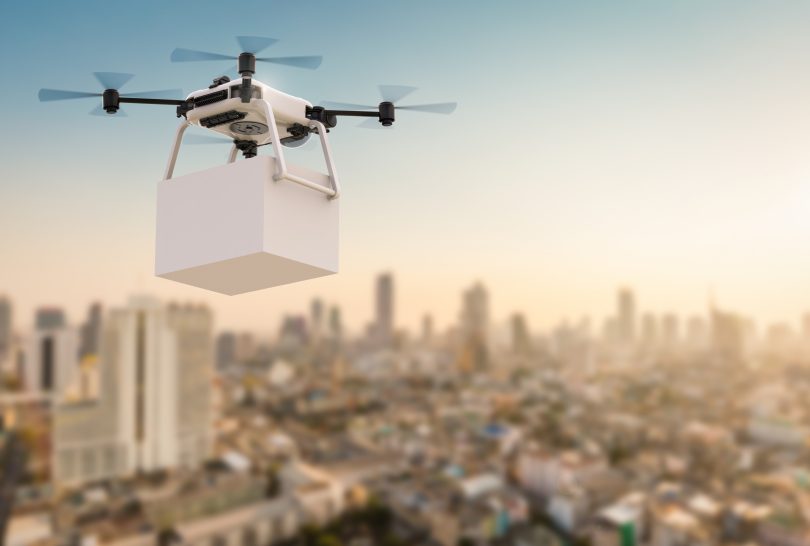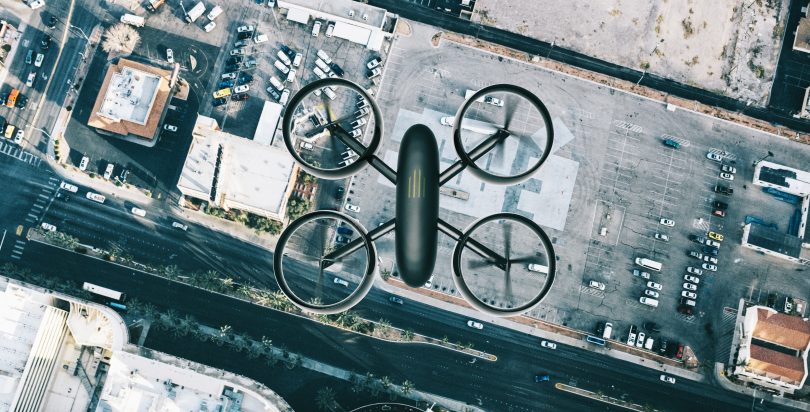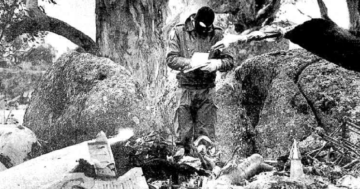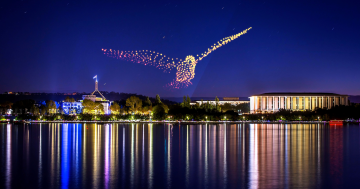
Drones: do you know the dos and the don’t’s?
I am quite freaked out about the whole looming drone situation. With Amazon trialing delivery of their goods via drone and people getting their kicks by flying a drone to Bunnings for an iconic weekend sausage – I am genuinely concerned.
If you are wondering what a drone is; picture a remote controlled plane on steroids that often have a really good camera attached. Drones are considered unmanned aircrafts that come in all different shapes and sizes. Some drone types include Multi Rotor Drones, Fixed Wing Drones, Single Rotor Helicopter, Fixed Wing Hybrid VTOL and of course, hardcore army drones. Drone technology is constantly evolving and tech entrepreneurs, investors, and innovators of new technology are continuing to pour money into its research and development. Increased sales mean drones are affordable on the domestic markets – and most low-cost domestic drones are often fitted with cameras.
As drones are considered unmanned aircrafts, the Civil Aviation Safety Authority (CASA) has pretty clear and strict guidelines for both its domestic and commercial usage. However, this doesn’t make me any less nervous about them. Particularly, domestic drones fitted with cameras are what absolutely terrifies me. Who will be responsible for its regulation? And where will the data they capture be stored?
I must confess, my fear of drones started with bees. I have two dear family friends – one dabbles in the art of beekeeping and the other discovered a giant hive in a retaining wall of their lounge room several weeks ago. Plus the last episode in season 3 of BBC and Netflix cult TV series Black Mirror – Hated in the Nation, the drone bees terrified me. Understandably – bees are often on my mind.
I was chilling in my backyard a few weeks ago and heard what I assumed to be a massive swarm of bees approaching. You know the sound – zzzzzz – if you hear this noise your reptilian brain switches into fight, flight or freeze mode and unless you are like my beekeeping friend, you run! I whistled to my dog with urgency and as the sound became louder I was ready to pick up all 40kg of Staffy to bolt inside – but I couldn’t see anything.
Later that night when I spoke to my husband about what had transpired, I got a logical response to my imaginary beehive – a drone. My husband has seen a few floating about our area recently and suddenly my army of invisible death bees vanished.

Drone dilemma: What are the ethics of commercial drone usage?
Disbelief and confusion were quickly replaced with a sense of anger. What if I had been hanging out the washing in the nude? What if I had been performing a ‘System of a Down’ song showcase to my dog? What if I had just been gardening? My sense of privacy felt invaded.
How on earth can you holistically regulate a flying drone!? My understanding of the whole Bunnings sausage debacle is that the man violated a bunch of aviation rules outlined below by CASA and there can be big fines in the thousands if you break them. The “rules” in relation to domestic drones are below – but listed is only a small section of the information drone users should be aware of.
The rules – “Flying for Fun”
The interim measures allow recreational drone users to abide by a simple set of rules:
- You must not fly above 120 metres in all locations;
- You must not fly your drone in the area of a public safety or emergency operation – for example, a bushfire, police, or search and rescue operation;
- You must not fly within 30 metres of people, unless the other person is essential for controlling or navigating the drone;
- You must operate only one drone at a time;
- If your drone weighs more than 100 grams:
- you must not fly within 5.5 kilometres of a controlled aerodrome (usually those that have a control tower) at any time;
- you must not begin flying within 5.5 kilometres of a non-controlled aerodrome if there is a manned aircraft operating to, or from, the aerodrome;
- You must safely manoeuvre your drone away from the path of a manned aircraft and land as soon and safely as possible if you become aware that a manned aircraft is operating to or from the non-controlled aerodrome or helicopter landing site;
- You must not fly at night or through cloud or fog;
- When flying, you must be able to see your drone with your own eyes (not just on your app screen, first-person view goggles or binoculars);
- You must not fly over people;
- You must not fly in designated restricted areas;
- The interim measures do not apply to all drone flyers. If you hold a remote pilot licence (RePL) and operate according to a remotely piloted aircraft operator certificate (ReOC) or have an authorisation from CASA, you will be exempt from the new measures.
Drone rules for both commercial and personal use are available on the CASA website along with a bunch of super helpful information. These guidelines are great – and I have to commend CASA for their comprehensive resources – but this is just the nuts and bolts – who will lead the ethical, legal and moral conversation?
It freaks me out endlessly to think that someone out there might have footage of me chilling in my backyard with my dog. And not just me – but my neighbours also. That day I was just having a cup of tea and reading a book – so I am not super concerned in that regard – but the mind boggles at what might happen in the future.
Not to mention implications for the future that could influence things like criminal activity, access to vulnerable people (including children) without the appropriate licenses and clearances, intellectual property concerns, safety, privacy and, of course, pretty important, aviation safety.

If you’re the dude flying your drone around your neighbour’s yards – I reckon you might need to stop that. But, then again, who do I call to report you to? CASA? Police? Drone Busters? “Umm Hi ACT Police? Just heard an imaginary swarm of bees that I think might be a drone?” There are clearly sections of the law listed above that ghost drone flyers have violated – but seriously – who do you call to report this?
Canberra – would love to know what you all think about drones in the ACT? Let us know by commenting below.
















